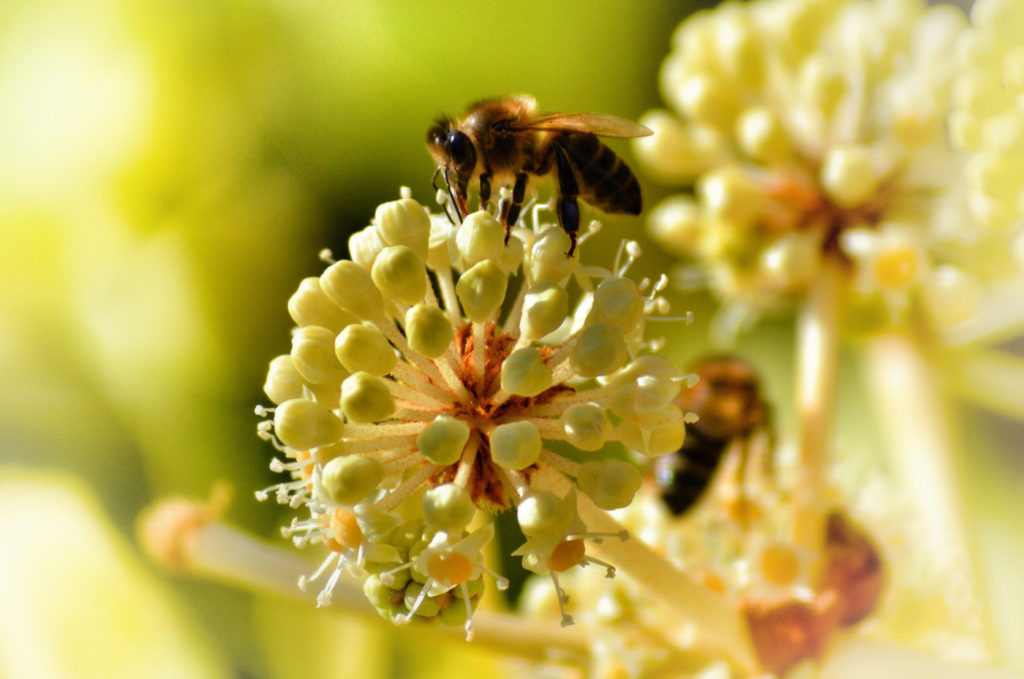March has arrived, and that means spring is right around the corner. With winter leaving us ever so slowly, there might be some things you want to plan for around the house. Or, more specifically, around the outside of the house.
But where to get started? Here are some handy tips to add to you Spring Landscaping checklist:
Tool and Supply Inventory
- Before you even think about heading to the garden, first it’s time to do an inventory of your shed. Make sure all your tools are clean, sharpened, and ready to go. Don’t forget to oil those hinges—you’ll be happy you took so much care up front once you start digging and planting!
- When the weather is still too cool and temperamental to spend much time outside, it’s the perfect opportunity to gather together and replenish any fertilizer, soil amendments, plant supports, tomato cages, etc. Who wants to waste all that time in the shed once the warm weather hits?
Bed Clean-up
- Remove old plant matter and sticks from your flower beds. But wait! Cutting down dead plant stems too early will disturb some of the beneficial insects who are still hibernating in your plants. Preferably, daytime temperatures should be consistently above 50℉ before you decide to trim.
- Prune back some of those overgrown bushes and branches. But be careful of cocoons and chrysalises that could be hanging underneath new leaves!
- Once everything is cleaned up and tidy, it’s time to start tilling and add fresh soil or mulch to your flower bed or garden. Your local garden shop should be able to give you some tips on the right soil for the climate and the types of plants you want to grow.
Early Planting
- Many plants don’t need to wait until the warmer weather sets in. Get them growing early indoors—by the time the temperature has warmed enough outside to plant them in the ground, they’ll have a nice head start! And hardier plants such as potatoes, onions, and lettuces can usually be planted outside as early as late winter.
Mulching
- Hold off on mulching until the soil starts to dry out a little. Mulching too early can disturb plant life that is just starting to emerge. But don’t wait too long, or the weeds will overtake your carefully cultivated garden!
- The type of mulch you use is just as important as when you use it. Different mulches contain different nutrients and materials that can help or hurt your fledgling plants. We use hardwood colored enhanced mulch with iron oxide. It is pet and child friendly and good for plants and soil!
Your garden spring cleaning should be a carefully executed process. If you take your time and do it right, you will soon see all of your hard work pay off in spades! And if you need help, give us a call—we are always happy to use our expertise to craft the perfect garden or landscaping for your home.





